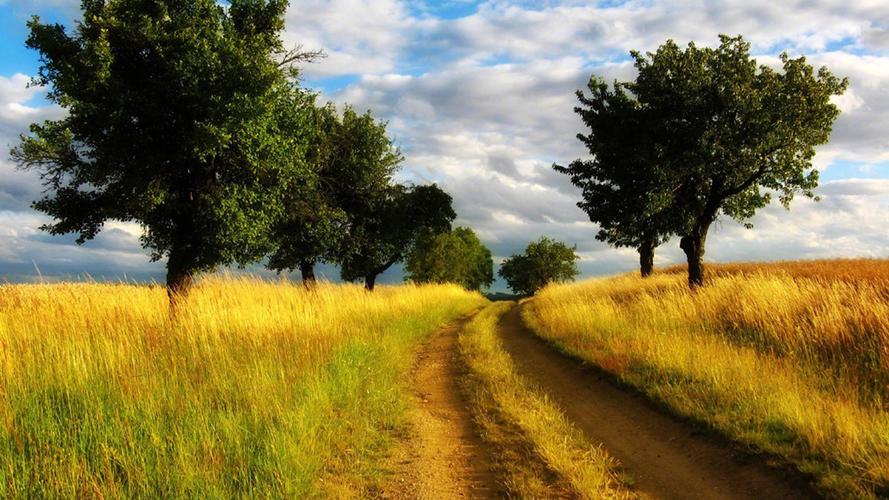Uncovering the Rich Heritage of Panama’s Cultural Traditions: An Inspiring Odyssey
Panama, a land of diverse cultures and traditions, has a rich heritage that dates back centuries. From the quiet indigenous communities in the mountains to the vibrant Afro-Caribbean enclaves along its shores, Panama is a melting pot of cultures that has stood the test of time. This cultural diversity is evident in foods, festivals, music, dance, art, and handicrafts. Join me on an inspiring and informative odyssey as we uncover the rich heritage of Panama’s cultural traditions.
Indigenous Communities
Panama has over six indigenous groups, each with its unique languages, customs, and traditions. One such group is the Ngäbe-Buglé from the mountain regions of western Panama. The Ngäbe celebrate the return of the Yabaecurí, a semi-deity who pays homage to the harvest of crops, by holding a colorful festival called the Congos.
The Congos involves music, dancing, and costume-wearing activities that demonstrate the Ngäbe’s strong connection to their land and ancestors. The Azuero Peninsula, on the other hand, is home to the Kuna people who have a strong affinity for colorful handicrafts and the traditional Mola. The Mola is a reverse-applique cloth technique that is used by the Kuna women to make intricate and colorful designs.
Afro-Caribbean Communities
The Afro-Caribbean population of Panama is concentrated mainly in the province of Colón, the Bocas del Toro archipelago, and the historically rich Panama City district of El Chorrillo. The Afro-Caribbeans reflect their legacy in the form of vibrant music, food, dance, and festivals.
For instance, Calypso, reggae, and soca are popular Afro-Caribbean music genres in Panama. The Congo, a colorful parade with mixed African and Catholic elements, is another example of Afro-Caribbean influence. The Afro-Caribbean cuisine, including dishes such as rice and beans, plantains, and jerk chicken, is becoming increasingly popular across Panama and beyond.
Mestizo Communities
The Mestizo communities of Panama are a mix of Indigenous, African, and European ancestries. These communities are mainly found in central Panama, in the popular Azuero and Coclé provinces.
In terms of festivals, the Carnival in Las Tablas – held in February in honor of Panama’s Patron Saint, Santa Fe – is a very colorful celebration. The festival involves several different characters dressed in beautiful costumes who parade through the town’s streets, singing and dancing. During this time, several local artists perform traditional dances in the town’s large plazas.
Conclusion
The cultural richness of Panama’s heritage is fascinating and inspiring. From the Ngäbe-Buglé and Kuna indigenous communities to the Afro-Caribbean and Mestizo communities, Panama is a nation with a unique blend of traditions and customs. Despite the cultural differences, all of Panama’s citizens share a common pride in their heritage. This pride is manifested in their vibrant festivals, exquisite handicrafts, delicious cuisine, and brilliant musical performances. Anyone who visits Panama will find themselves on an exciting odyssey, discovering the treasures of this culturally rich country.
(Note: Do you have knowledge or insights to share? Unlock new opportunities and expand your reach by joining our authors team. Click Registration to join us and share your expertise with our readers.)
Speech tips:
Please note that any statements involving politics will not be approved.
